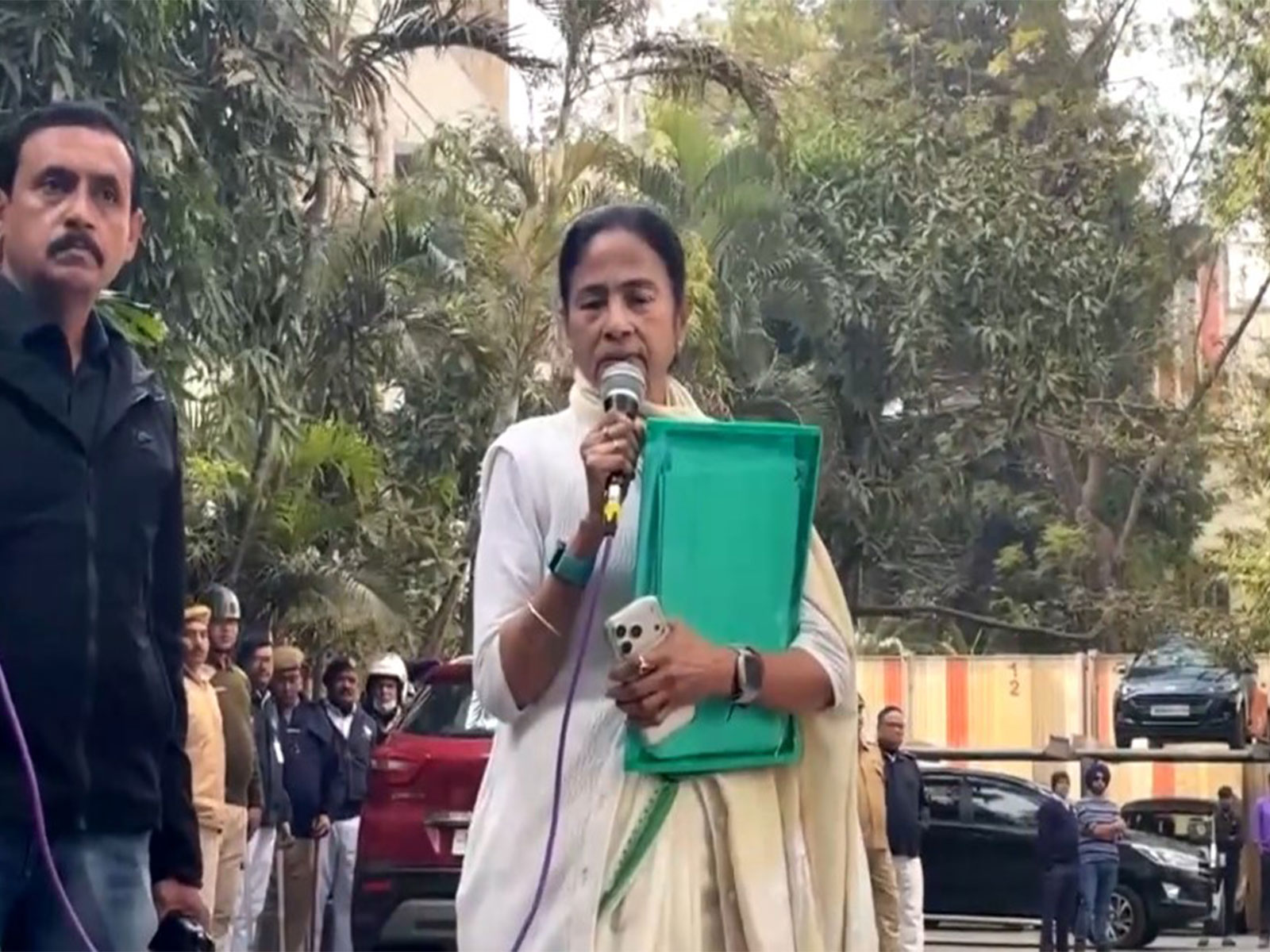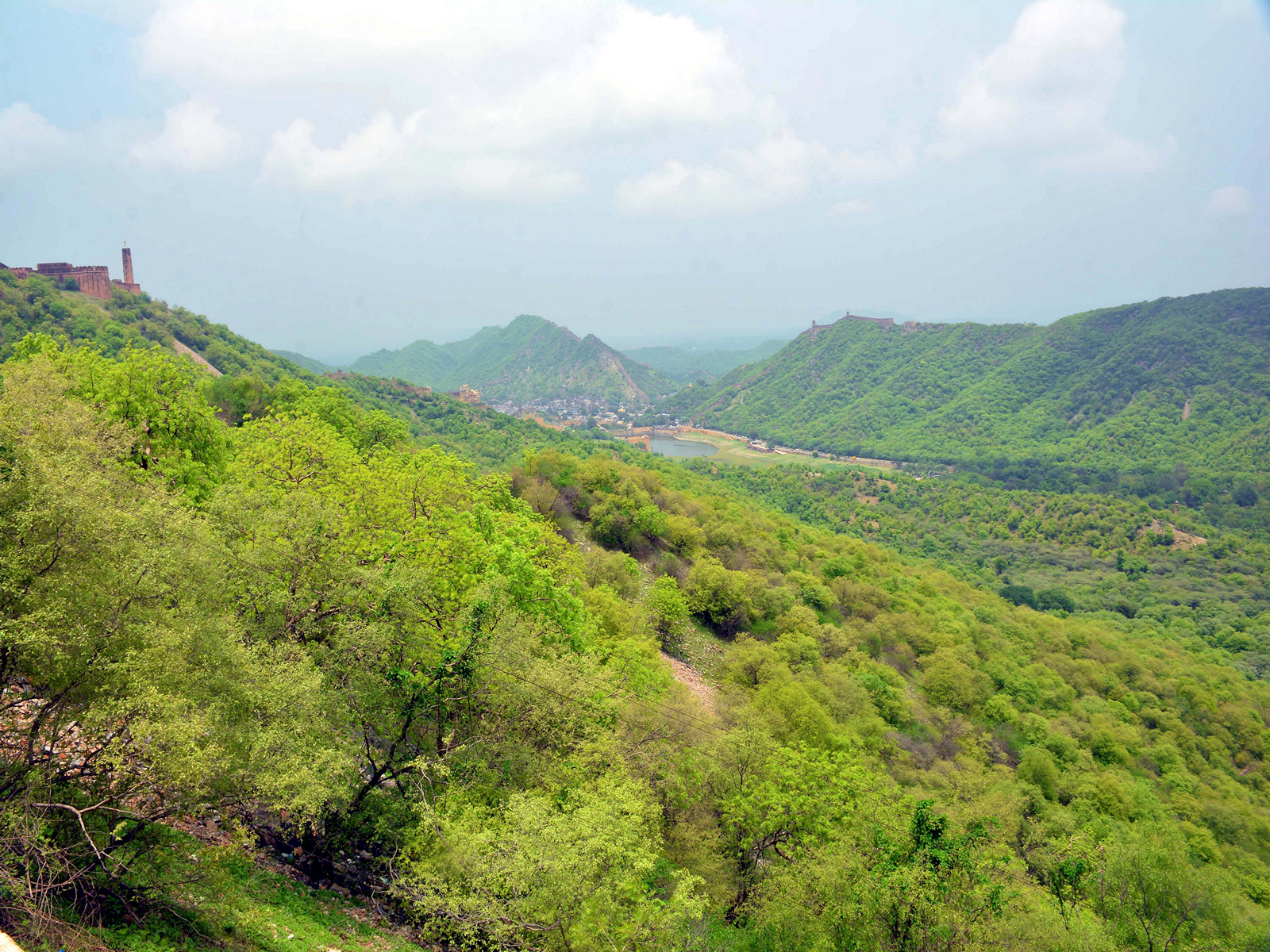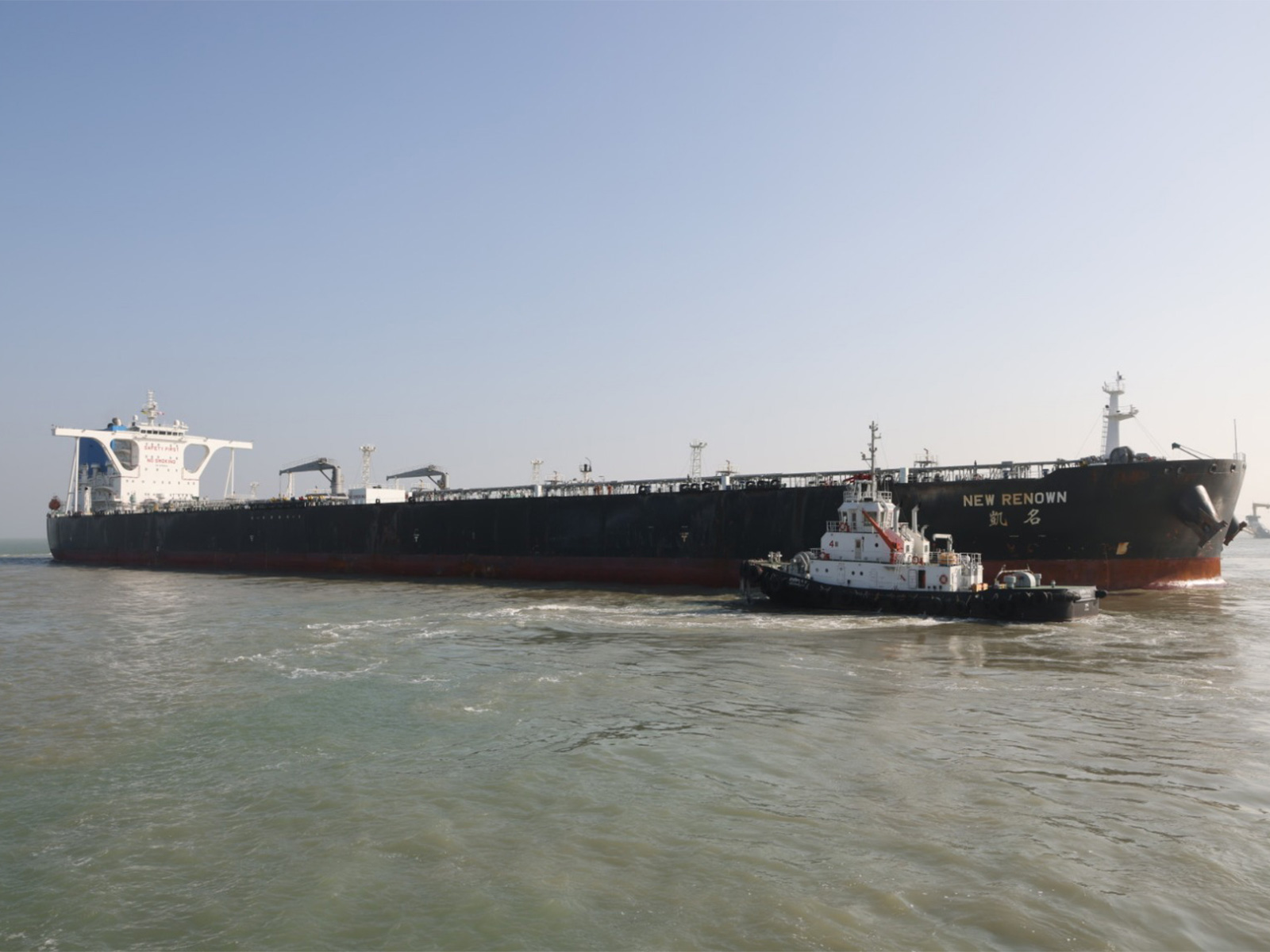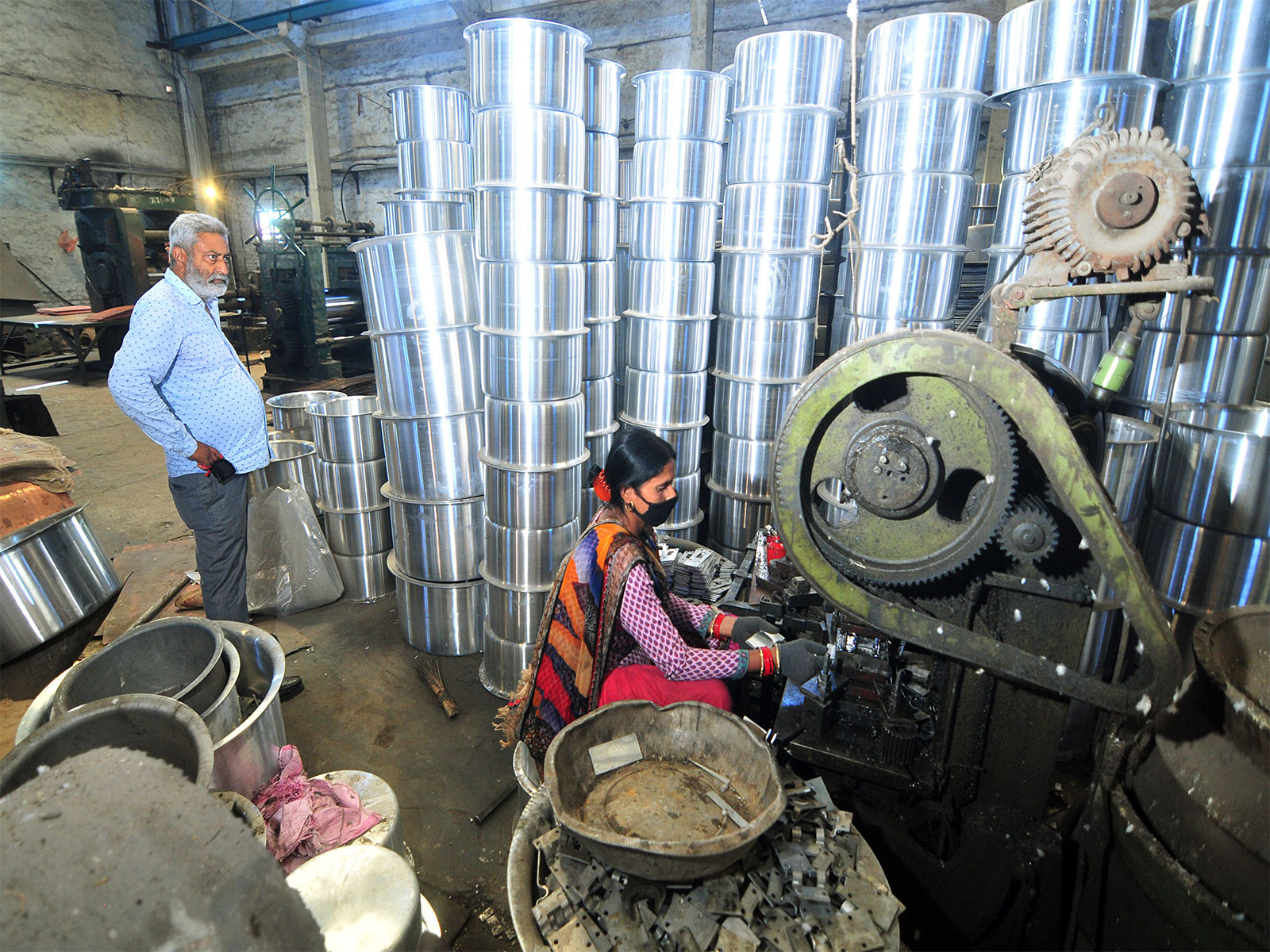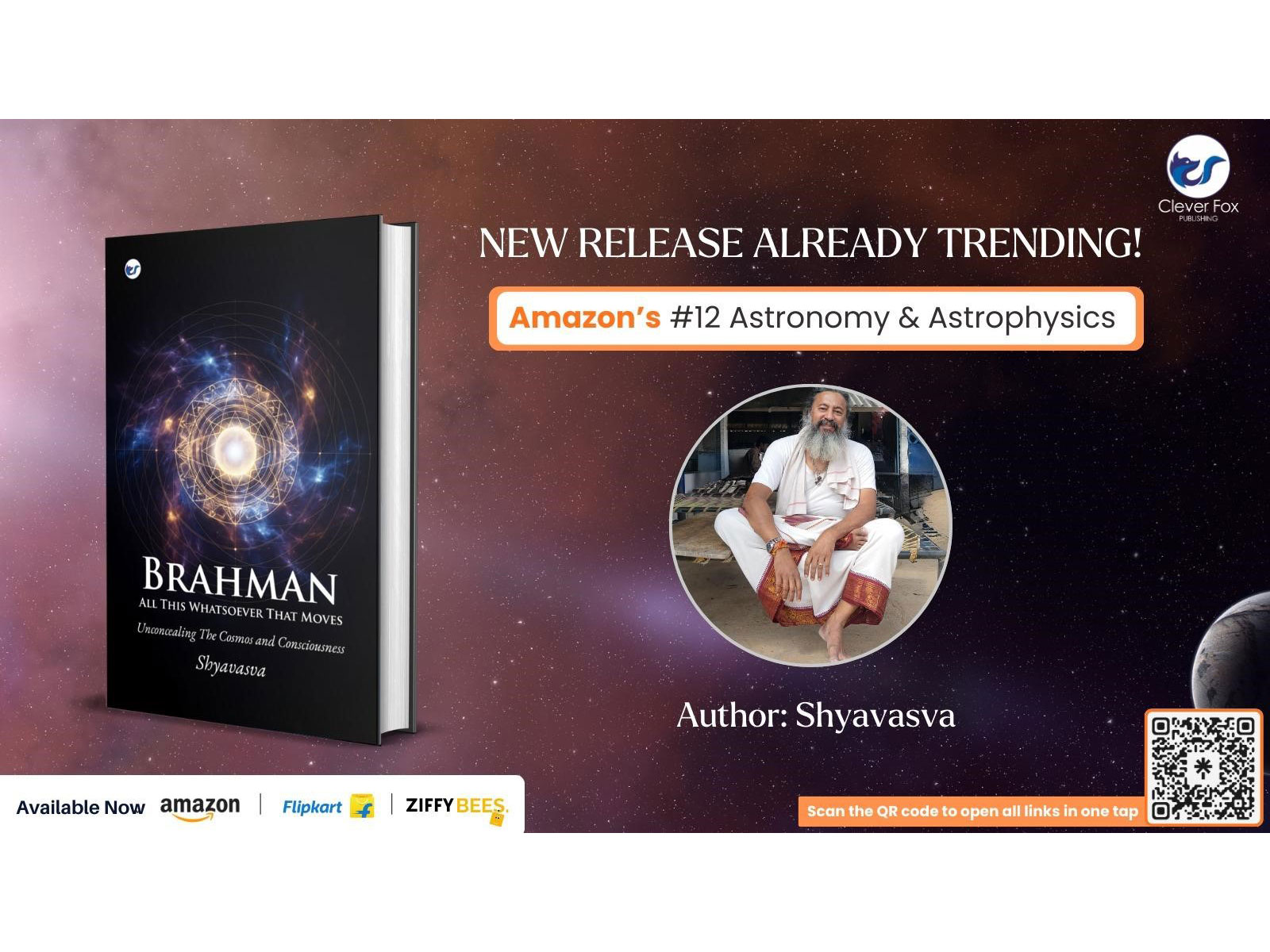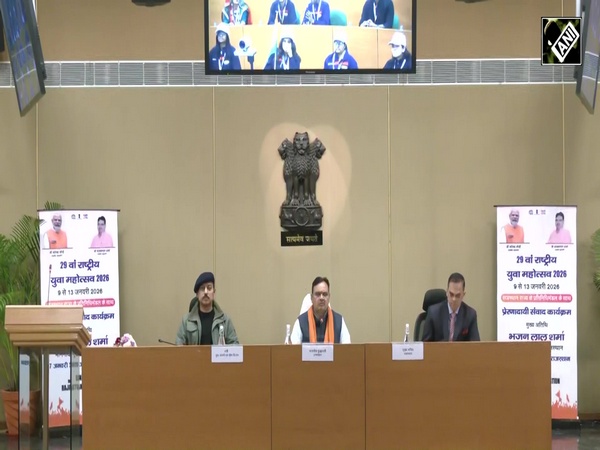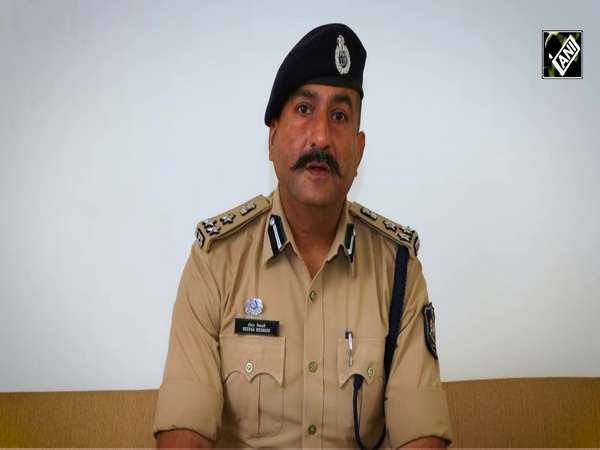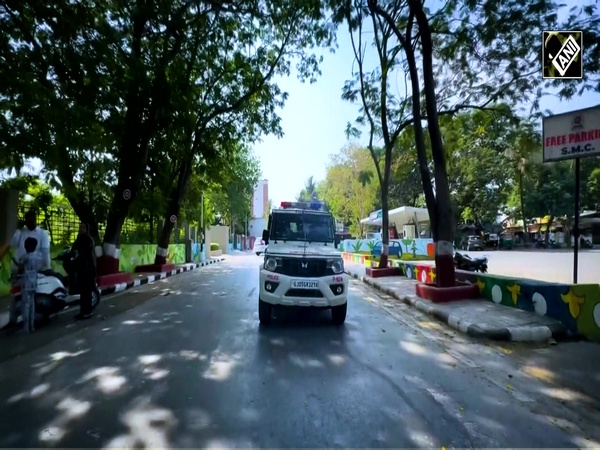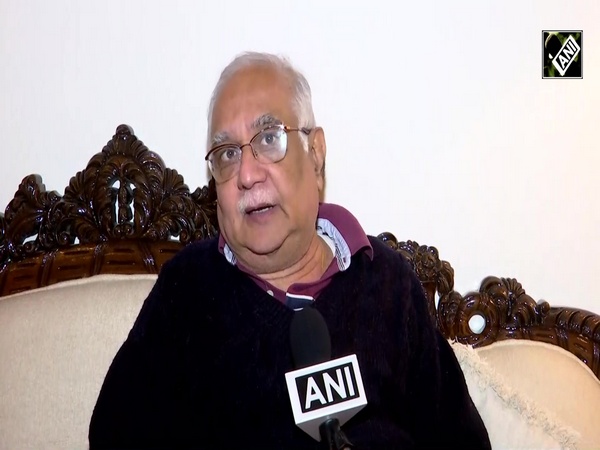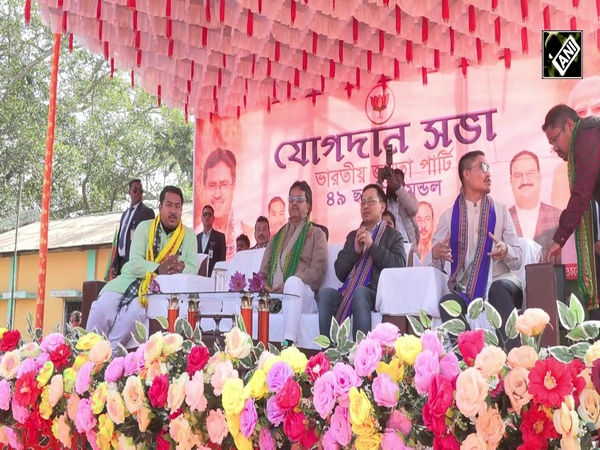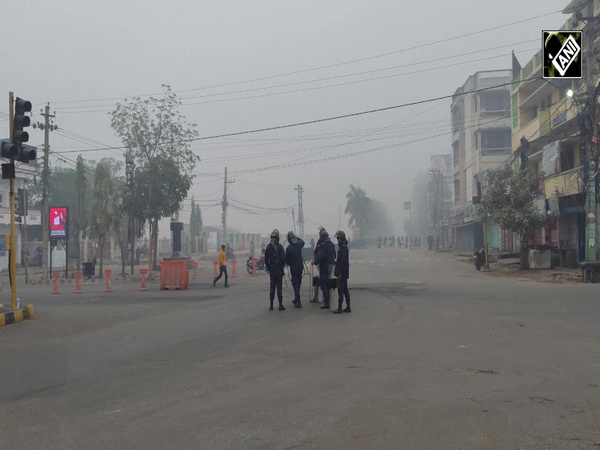Cabinet gives nod for expansion of Chandrayaan-4 Mission; ISRO planning to launch Bharatiya Antariksh Station by 2028
Sep 18, 2024

New Delhi [India], September 18 : Indian Space Research Organisation (ISRO) chairman S Somanath said on Wednesday that they are planning to launch the first module of Bharatiya Antariksh Station (BAS-1) by 2028.
Addressing reporters in the National Capital, S Somnath said, "Chandrayaaan 4 mission is primarily targeted to demonstrate the technology to go to the moon and then come back. The coming back is a highlight of it, landing there has already been demonstrated by Chandrayaan-3. If you have to send a man to space later in 2040, a vision by our PM, we need to have confidence in technology..."
He added, "For the Indian Space Station, yes, there is a timeline for that - the goal given by the Prime Minister is 2035. Our plan here is to launch the first module of Bharatiya Antariksh Station called BAS-1 by 2028..."
The ISRO chairman further said that they have broadened the scope of the Gaganyaan Mission.
"The Gaganyaan programme is underway, we have also given the schedule of our first mission with astronauts. Now, we have added the goal regarding Bharatiya Antariksh Station to this mission. Initially, this mission (Ganganyaan) had only one target, but now, it has five missions, so we have broadened the scope of it."
The Union Cabinet chaired by Prime Minister Narendra Modi on Wednesday approved the mission to the moon, named Chandrayaan-4 to develop and demonstrate the technologies to return to Earth after successfully landing on the Moon and also collect moon samples and analyse them on Earth.
Addressing reporters in the natonal capital today, Union Minister Ashwini Vaishnaw said, "Chandrayaan-4 mission has been expanded to add more elements. The next step is to get the manned mission to the Moon. All preparatory steps towards this have been approved. Venus Orbiter Mission, Gaganyaan follow-on and Bharatiya Antariksh Station and Next Generation Launch Vehicle development also given approval."
https://x.com/narendramodi/status/1836385916337651856
In a post on X, PM Modi said, "Great news for the space sector! The Union Cabinet has approved the first step towards the Bharatiya Antariksh Station (BAS), expanding the Gaganyaan programme! This landmark decision brings us closer to a self-sustained space station by 2035 and a crewed lunar mission by 2040!"
The PM Modi-led government has earmarked Rs 2,104 crore for the same. Further, a schedule of 36 months has been set for the mission completion.
The Chandrayaan-4 mission will achieve the foundational technologies and capabilities eventually for an Indian landing on the moon (planned by the year 2040) and return safely back to Earth. Major technologies that are required for docking/undocking, landing, safe return to earth and also accomplish lunar sample collection and analysis would be demonstrated.
The Central Government has outlined an expanded vision for the Indian space programme during the Amrit Kaal that envisages an Indian Space Station (Bharatiya Antariksh Station) by 2035 and an Indian Landing on the Moon by 2040.
To realize this vision, a series of Gaganyaan and Chandrayaan follow-on missions are envisaged including the development of associated space transportation and infrastructure capabilities.
The successful demonstration of the safe and soft landing of Chandrayaan-3 Lander on the Lunar Surface has established vital technologies and demonstrated capabilities that only a few other nations possess. A natural successor to the successful landing mission is the demonstration of the ability to collect Lunar Samples and return them safely back to Earth.
ISRO will be responsible for the development of spacecraft and launch. The Project will be effectively managed and monitored through the established practices prevailing at ISRO. The mission is expected to be completed within 36 months of approval with the participation of industry and academia.
All the critical technologies are envisaged to be indigenously developed. The realization of the mission is through various industries and it is envisaged that there would be high employment potential and technology spin-off to other sectors of the economy.
The total fund requirement for the technology demonstration mission "Chandrayaan-4" is Rs 2104.06 Crore. The cost includes spacecraft development and realization, two launch vehicle missions of LVM3, external deep space network support and conducting special tests for design validation, finally leading to the mission of landing on the moon's surface and safe return to Earth along with the collected lunar sample.
The mission would enable India to be self-sufficient in critical foundational technologies for manned missions, lunar sample return and scientific analysis of Lunar samples. Towards realization, there would be a significant involvement of Indian Industry. A plan for associating the Indian academia through Chandrayaan-4 science meets workshops, is already in place. This mission will also ensure the establishment of facilities for the curation and analysis of the returned samples, which will be national assets.
